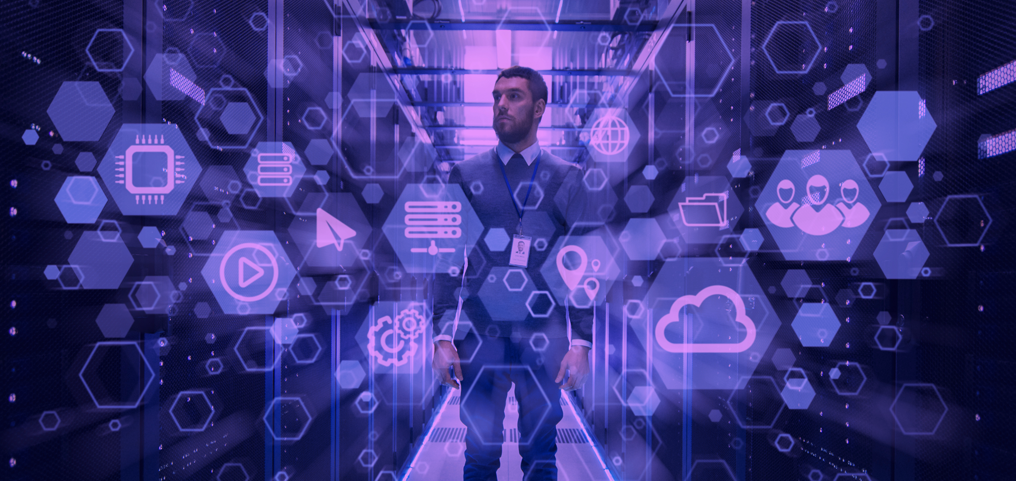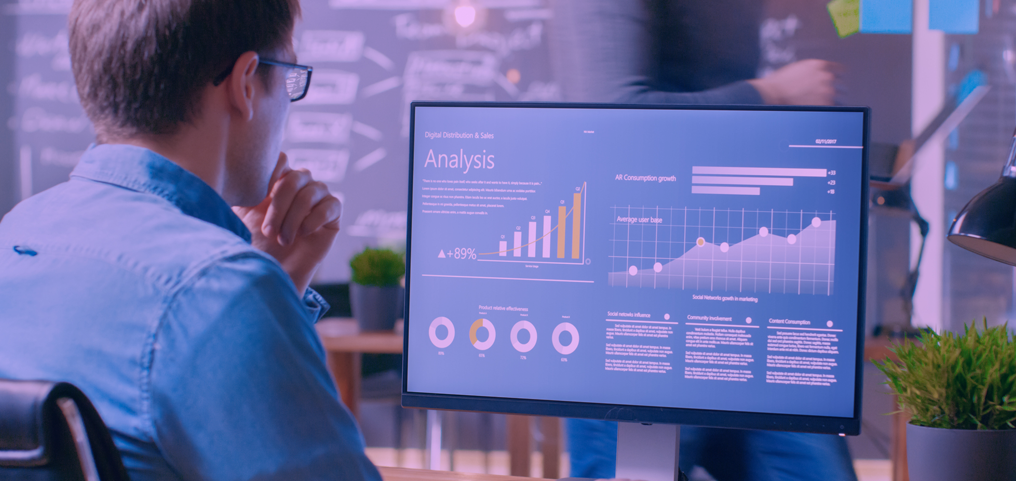news
The Role of Emerging Technologies in Transforming Food Supply Chains
Author: Paul Pallath, Vice President - Applied AI Practice
When it comes to food logistics, every minute matters. This digital revolution is now tackling long-standing challenges while redefining the future of food supply chains.
The journey of food from farms to plate is a complex dance of coordination involving farmers, processors, transporters, and retailers. Yet, in a world where precision and speed define success, traditional supply chains often struggle to keep up. Visibility is more than a competitive edge—it's an absolute necessity.
The food supply chain faces some unique challenges—perishable products, strict regulatory requirements, and unpredictable consumer demands being key. Without real-time data and seamless communication between stakeholders, the consequences can be severe: spoiled goods, supply disruptions, and skyrocketing costs. Siloed systems further obstruct visibility, making it nearly impossible to manage these complexities efficiently.
Challenges of supply chain visibility in food logistics
The food logistics industry is fraught with significant pain points, many rooted in poor visibility and insufficient real-time data. These include:
- Perishable nature of goods. Food products are time-sensitive and require continuous monitoring of factors like temperature, humidity, and location to avoid spoilage.
- Temperature control and compliance. Ensuring the right conditions during storage and transport is critical for food safety. Limited visibility often hampers adherence to regulatory requirements.
- Data fragmentation. Siloed systems across suppliers, manufacturers, transporters, and retailers prevent a unified view of the supply chain.
- Demand unpredictability and disruptions. Seasonal trends, sudden spikes in demand, and disruptions like weather events strain the supply chain, often leading to inefficiencies.
When it comes to food logistics, every minute matters. Emerging technologies like artificial intelligence, the Internet of Things (IoT), cloud computing, and generative AI have begun rewriting the rulebook. This digital revolution is now tackling long-standing challenges while redefining the future of food supply chains.
Some key aspects are as follows:
Real-time visibility with digital twins. Digital twins are redefining the way we approach supply chain management, especially in the high-stakes world of food logistics. These virtual models, powered by IoT and AI analytics within a cloud infrastructure, go beyond passive monitoring—they create a living, breathing replica of the supply chain in real time. By tracking critical factors like temperature, humidity, and transit conditions, digital twins ensure compliance with food safety standards and reduce the risk of spoilage significantly. What sets digital twins apart is their ability to move from reactive to proactive problem-solving. They don't just flag issues; they simulate scenarios like severe weather or equipment failures and provide actionable insights - rerouting shipments, reallocating resources, or suggesting alternative suppliers. This capability transforms supply chain management from a series of reactive decisions into a strategy-driven, resilient ecosystem.
Real-time risk mitigation through AI and IoT. IoT sensors are proving to be integral in modern food supply chains, embedding intelligence at every stage—from farms and warehouses to transport vehicles. These sensors continuously stream critical data, capturing variables such as temperature, location, and equipment performance.
But the true value lies in how AI-driven systems analyze this data. By identifying risks like temperature fluctuations, shipment delays, or equipment malfunctions, these systems transform raw information into actionable insights. Operating within cloud platforms, these insights empower logistics providers to act swiftly, addressing potential issues before they spiral into costly disruptions.
In food logistics, where a single missed alert can result in spoiled goods, this real-time risk mitigation isn't just valuable—it's indispensable. For instance, if a cold chain shipment experiences a temperature spike, the system immediately alerts operators, enabling corrective action to safeguard product integrity. In an industry where margins are razor-thin and expectations are high, IoT and AI together form the backbone of a smarter, more resilient supply chain.
Optimizing logistics through cloud connectivity. The true power of logistics in today's interconnected world, lies not in individual technologies, but in their seamless orchestration. Cloud-integrated AI systems are setting new benchmarks in logistics efficiency. Real-time data streams from IoT networks enable dynamic route optimization that accounts for traffic patterns, weather variables, and shipment status. This adaptive approach yields measurable reductions in transit times and operational costs while maintaining product integrity throughout the delivery cycle.
AI-driven procurement analytics evaluate supplier performance, cost matrices, and geopolitical factors to inform strategic decisions. The future belongs to companies that can turn their supply chain data into predictive intelligence. Cloud infrastructure facilitates seamless cross-border collaboration, allowing companies to pivot sourcing strategies as market dynamics shift.
Hyper-personalization for efficient supply chains. As consumer expectations for tailored experiences grow, the food logistics industry is turning to AI for hyper-personalization. The era of one-size-fits-all supply chains is over – today's success lies in reading and responding to the digital pulse of consumer demand. Synthesizing omnichannel data—such as historical sales trends, social media activity, and seasonal patterns—AI delivers granular demand forecasting. This allows logistics providers to align inventory, production, and delivery schedules with specific regional or customer needs.
Cloud architecture serves as the backbone for this responsiveness, enabling real-time data synthesis across supply networks. This allows retailers to fine-tune their ordering patterns based on hyperlocal consumer behaviors, minimizing waste and elevating service levels.
Driving sustainability through advanced technologies. Sustainability in logistics is no longer a choice but a competitive necessity that technology has made achievable. Environmental stewardship in food logistics is gaining momentum through AI-powered analytics. Comprehensive tracking of energy consumption, emissions, and resource utilization reveals optimization opportunities and guides sustainable practices.
Predictive models optimize delivery networks for fuel efficiency, while AI simulations evaluate alternative transport modes and facility configurations. IoT sensor networks provide environmental compliance validation and real-time sustainability metrics. The intersection of AI and sustainability is where profitability meets responsibility.
Enhancing collaboration leveraging large language models. Large language models (LLMs) are elevating supply chain communication to new levels of efficiency. Language barriers in global supply chains are becoming as obsolete as paper ledgers. Their sophisticated natural language processing capabilities dissolve linguistic barriers, automate documentation, and streamline stakeholder interactions. This ensures vital information flows unimpeded, accelerating decision cycles. For example, an LLM can summarize a supply chain meeting, automatically generate action items, and translate them into multiple languages for a global team. This streamlined communication fosters greater alignment and agility across the supply chain, enabling quicker responses to challenges and opportunities.
The future of food logistics: A unified, intelligent ecosystem
The supply chains of tomorrow are being built today, not with bricks and mortar, but with algorithms and insights. As the food logistics industry embraces AI, IoT, LLMs, and cloud technology, the vision of a fully integrated, intelligent supply chain is becoming a reality. Digital twin technology offers unprecedented operational visibility, while AI and IoT deliver proactive risk management. LLMs facilitate friction-free global collaboration, and cloud platforms unite these technologies into a responsive ecosystem that adapts to market demands in real-time. In the digital age, supply chain resilience is measured not by strength alone, but by the speed of adaptation.
Originally published on FoodLogistics.
more news
let's connect
We help you embrace change by creating newer ways to work or optimising existing processes.
let's connect

